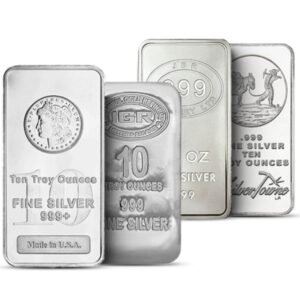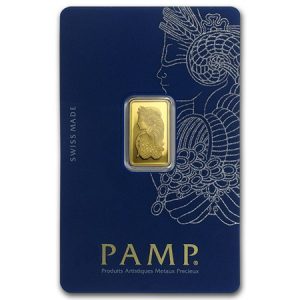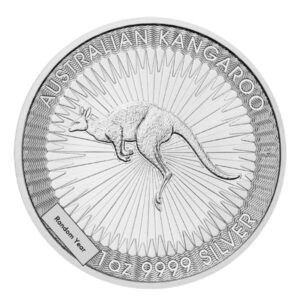Few, if any, investment classes can boast both the appeal and historical significance that goes hand in hand with precious metals. People for hundreds of years have cherished gold and silver as stores of value and the symbols of wealth, thus causing them to have unique properties and inherent worth.
But beneath the hard appeal lay a more delicate play between speculation and investor sentiment shaping the dynamics of their prices and influencing the decision-making process for purchasing physical bullion. The value of these precious metals is, in fact, determined by human speculation through the art of forecasting movements in prices with the help of market analysis and conjecture. It’s interesting how investors looking to profit from price swings turn to speculation with a number of strategies, from technical analysis to fundamental indicators.
The ever-changing geopolitics and releasing of economic data worldwide supply and demand dynamics provide fodder for speculative positioning, fueling market volatility and price swings on a short-term horizon. The second-most speculative driver of precious metals is investor sentiment—a collective psychology of market participants reflecting their outlook and emotions towards a particular asset class. The sentiment can swing from extreme optimism to pessimism based on factors like economic uncertainty, inflationary pressures, and geopolitical tensions. Investors often pile into safe-haven assets like gold and silver during economic or market turmoil, seeking shelter from volatility or preserving wealth amidst uncertainty. On the other side, the economic stability periods and risk appetite can, at least for the time being, wear down the interest of an investor in the metal, which results in depressed prices due to subdued fundamentals as the capital flows towards more lucrative investment avenues.
This complex relationship of speculation with investor sentiment affects deeply with the buying of physical gold and silver bullions. This bullion, in its physical form, serves as a hedge to countless investors of their respective system risks and currency debasements so as to ensure protection and preservation of their wealth in times of crises. Increased speculation and bullish sentiment have the potential to fuel increased demand for the physical bullion, putting pressure on the supply side and, hence, prices. On the other hand, bearish sentiment or speculative excesses might force these holders to liquidate their holdings and sell at lower prices, hence buying opportunities for a smart bargain hunter.
Further, speculation and investor sentiment should be given a role in their influence in broader market dynamics and investment strategies, not extended to their limit—only price movement. Sentiment data: Sentiment data is one of the most analyzed factors for precious metal enthusiasts. This sentiment is commonly presented in the form of sentiment surveys, option positioning, and futures market information used in forecasting market sentiment and likely price pullbacks. Furthermore, the rise of exchange-traded funds (ETFs) and derivative instruments is democratizing the market of precious metals, whereby one can take views on the price direction through various financial instruments. Basically, it is the delicate balance of speculation and investor sentiment that underpin the price of precious metals and set the market dynamics and the decision process for the purchase of the physical gold and silver bullion. And where speculation may introduce volatility and even more uncertainty into the market, investor sentiment acts as the barometer of market sentiment, guiding investors through rocky waters and providing views into the broader macroeconomic landscape. The timeless allure and intrinsic value in a changed world—whether taken as a safety-deposit asset, portfolio diversifier, or speculative vehicle—precious metals still continue to attract interest from investors.
 Hi,
Hi,










